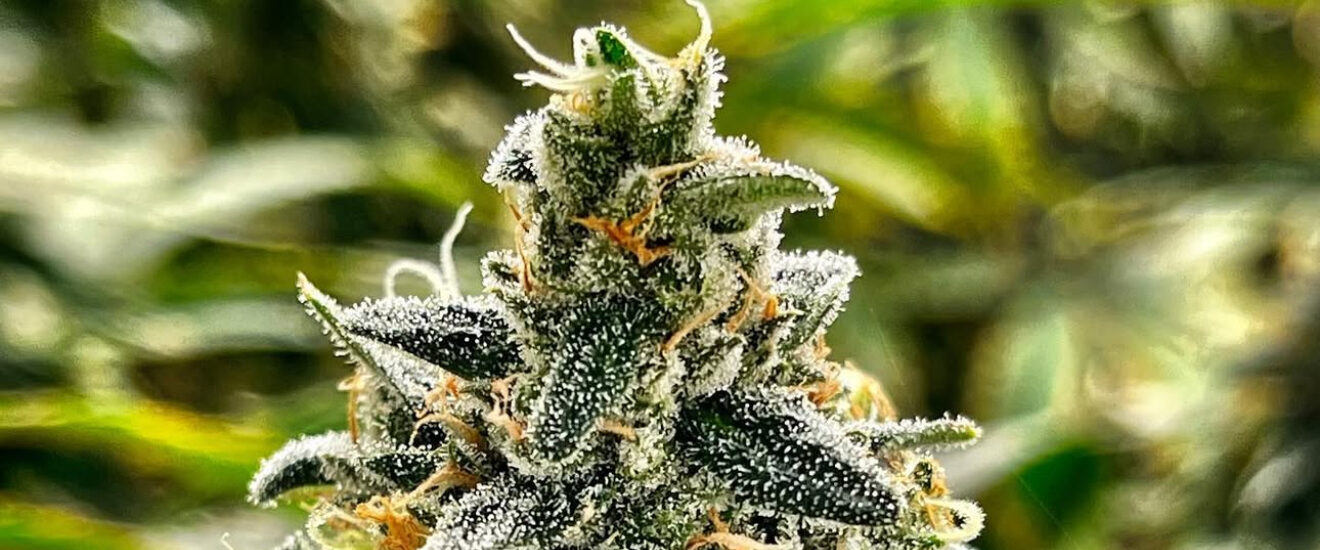Louis Armstrong, often referred to as the father of modern jazz, is one of the most influential musicians in history. His trumpet solos, gravelly voice, and infectious personality revolutionized jazz and brought it to audiences around the globe. Behind the curtain of his monumental career, however, was a lesser-known element of his personal life that played a significant role in his creativity and resilience: cannabis.
Armstrong’s relationship with cannabis was not a secret—he spoke openly about his use and affectionately referred to it as “the gage.” For him, cannabis was not merely a recreational indulgence but a tool that fueled his creative spirit, allowed him to connect deeply with his art, and helped him navigate the pressures of fame.
A Jazz Genius and His Beloved “Gage”
Louis Armstrong’s career began in the streets of New Orleans, where he honed his skills in local brass bands and dance halls. By the time he emerged as a solo artist in the 1920s, he was already reshaping jazz into a sophisticated art form. His innovative solos and joyful improvisations defined an era, yet Armstrong always credited his ability to relax and find inspiration to his use of cannabis.
Armstrong’s introduction to cannabis came in the early stages of his career, during his time in Chicago and New York, where it was commonly used among musicians. He found it helped him unwind, alleviating the stress of grueling tour schedules and long recording sessions. In his own words, cannabis allowed him to “appreciate life” and approach his music with a free-flowing, positive mindset.
The Influence of Cannabis on Armstrong’s Music
Armstrong’s music is celebrated for its spontaneity, emotion, and authenticity—qualities he himself linked to his cannabis use. Unlike alcohol, which he avoided due to its negative effects on his health and performance, cannabis sharpened his creativity without dulling his senses. It helped him access a state of flow where ideas emerged effortlessly, enabling him to create iconic recordings like What a Wonderful World, West End Blues, and Hello, Dolly!
Cannabis was not just a part of Armstrong’s creative process; it was integral to his philosophy of life. He believed in living joyfully, laughing often, and spreading positivity, values that resonated deeply with his audiences. In a time when racial discrimination and systemic oppression were rampant, Armstrong’s cheerful demeanor and timeless music served as a beacon of hope—and cannabis played a role in maintaining his optimism.
Challenging the Stigma
Armstrong’s openness about cannabis use was groundbreaking, especially considering the societal attitudes toward the plant in the mid-20th century. While cannabis was a popular choice among musicians, its association with marginalized communities made it a target for criminalization.
Armstrong himself was arrested for cannabis possession in 1930 outside a nightclub in Los Angeles. Despite the arrest, he remained unapologetic, continuing to use and speak about cannabis throughout his life. He even wrote a letter to President Dwight D. Eisenhower in the 1950s, advocating for the decriminalization of cannabis, calling it “a thousand times better than whiskey.”
His defiance of stigma and legal repercussions marked Armstrong as not only a musical innovator but also a cultural trailblazer. By embracing cannabis openly, he challenged the stereotypes and misconceptions surrounding its use, especially within the African American community and the jazz world.
A Tool for Connection and Resilience
Armstrong’s life was far from easy. As an African American artist in the Jim Crow era, he faced relentless racism and exploitation. From segregated venues to unfair contracts, he endured injustices that could have broken his spirit. Yet, Armstrong’s ability to persevere came from his unshakable positivity and sense of humor—qualities he attributed in part to cannabis.
For Armstrong, cannabis was more than a substance; it was a tool for connection. Smoking the gage became a communal ritual among musicians, a way to bond and share ideas. It also helped him maintain his mental health during challenging times, allowing him to focus on what truly mattered: his music and his fans.
The Legacy of Louis Armstrong
Louis Armstrong’s impact on music and culture cannot be overstated. He transformed jazz from a collective ensemble style into a platform for individual expression, laying the groundwork for generations of artists to follow. His influence can be heard in the work of countless musicians, from Miles Davis to Wynton Marsalis.
Armstrong’s relationship with cannabis adds another layer to his legacy, one that celebrates the plant’s potential to inspire creativity and resilience. While he may not have set out to be a cannabis advocate, his unapologetic openness helped pave the way for future conversations about its role in art and society.
A New Perspective on Cannabis and Creativity
Louis Armstrong’s story is a testament to the power of creativity, resilience, and authenticity. It challenges us to rethink the narratives surrounding cannabis and its users, particularly within the creative community. Armstrong’s love for cannabis was not a secret vice but a source of inspiration and joy—one that contributed to the enduring brilliance of his music.
As we celebrate the life and work of Louis Armstrong, let us also honor the tools that helped him create his timeless art. Whether it’s through music, writing, or painting, creativity often thrives when we are able to connect with our truest selves—and for Armstrong, cannabis was one way to make that connection possible.
Louis Armstrong’s journey reminds us that the path to greatness is as diverse as the people who walk it. His openness about cannabis and its role in his life encourages us to embrace the complexity of the human experience, finding beauty and inspiration in unexpected places. Let his story serve as an invitation to explore, create, and live authentically—just as he did.

